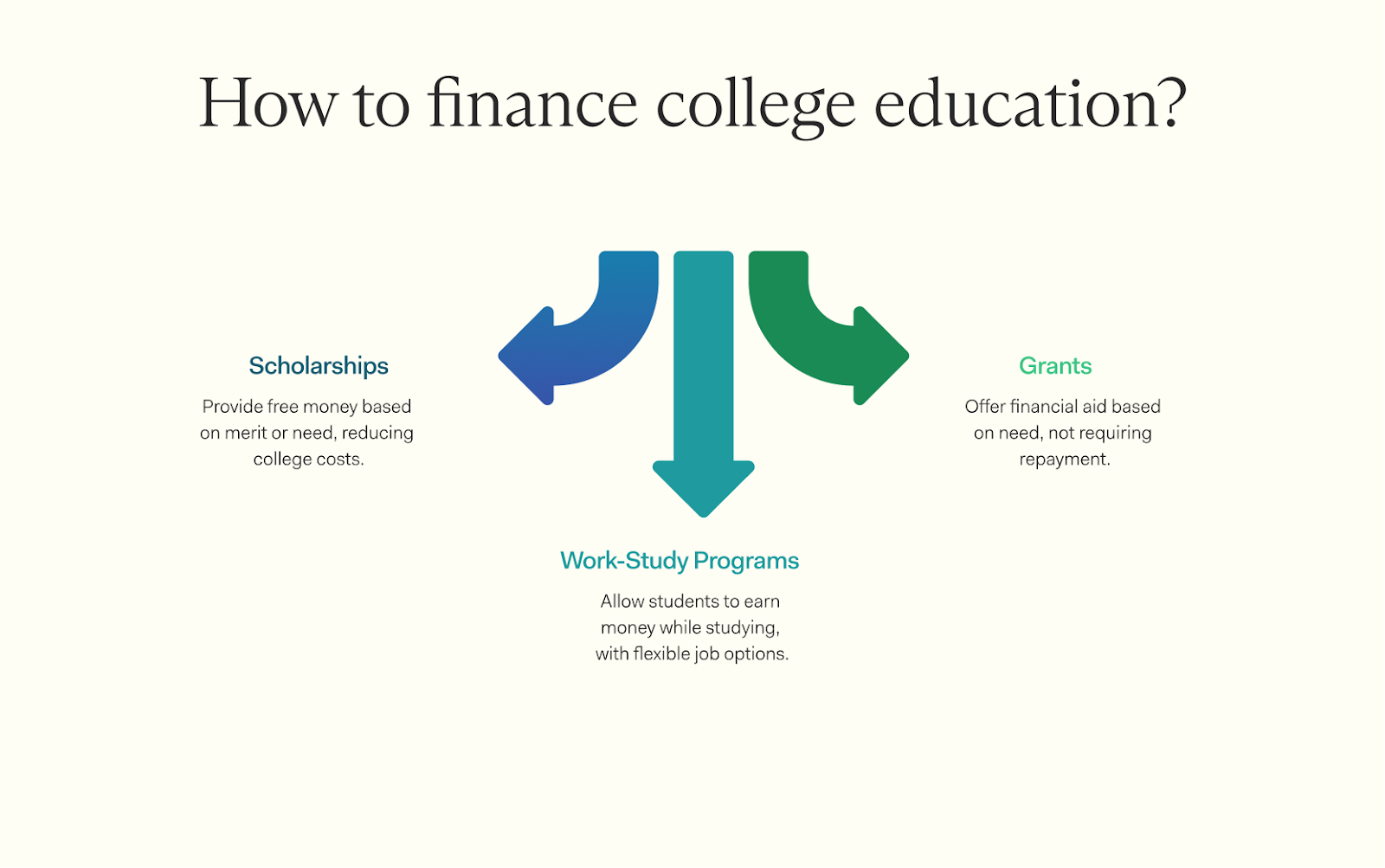Master financial planning for college with this step-by-step guide. Gain insights to budget effectively and secure your educational future.
Paying for college is a major concern for many parents. With rising tuition, books, and housing costs, figuring out how to afford it all can feel overwhelming. One key fact: college expenses continue to climb every year, making early planning essential.
This guide will walk you through smart financial strategies to prepare for your child's education. You'll learn about saving options, financial aid, and other resources to help reduce the burden. Keep reading to discover practical ways to make college more affordable and less stressful.
College costs involve more than just looking at the price tag. It's about understanding the difference between net price and sticker price, plus knowing your Student Aid Index (SAI).
The difference between net price and sticker price is crucial for college financial planning.
Sticker price can often seem high, but the net price gives a more accurate picture of what college will cost. Always look for the net price when planning college finances. This helps avoid surprises and makes financial planning for college more manageable.
Moving from net price to the Student Aid Index (SAI) is a critical step in your planning. SAI is an index number derived from the information you provide on financial aid forms, like FAFSA, and helps determine your financial aid eligibility.
Schools use this figure to determine how much financial aid a student might get. Many families don't realize how significant the SAI is in the college planning process. The lower your SAI, the more need-based aid you may qualify for, which helps reduce costs like tuition and room and board.
Planning ahead helps you make better financial decisions for your child's college education.
Researching financial aid options can open doors for your child. Scholarships, grants, and work-study provide great ways to lessen college costs.

Scholarships and grants can make college more affordable. They provide free money for students, which does not need to be repaid.
Exploring these options can help save money on college expenses—making education more accessible without added stress!
Work-study programs help students earn money while attending college. These programs offer part-time jobs, making it easier to pay for college expenses.
Examine how work-study programs fit into your child's overall college funding strategy next.
A college savings plan is key for your child's future. Plans like 529 accounts can help you save money for college costs, making education more affordable down the road.
A 529 plan is a smart way to save for college. It allows parents to set aside money for education expenses. The money grows tax-free while it's in the account. You can use it later for tuition, books, and other costs.
These plans come with different options. Some allow you to invest in mutual funds, while others offer savings accounts with interest. Each state offers its own 529 plan, so check which one fits your needs best.
Keep in mind that using this plan can help reduce student loan debt later on. Saving early helps your child go to college without stress!
Coverdell Education Savings Accounts (ESAs) help families save for education costs. With a Coverdell ESA, you can contribute up to $2,000 each year per child until they turn 18. The money grows tax-free and can be used for qualified expenses like tuition, books, and supplies.
These accounts offer flexibility. Funds must be used before the child turns 30 but can also cover K-12 expenses. Choosing a certified financial planner can help you set up your account and develop a personalized financial plan that meets your family's needs.
Not having a clear college savings plan can lead to unnecessary financial stress and missed opportunities for aid. Many families struggle to navigate tuition costs, financial aid options, and education savings strategies.
Avoiding these challenges requires early planning, smart savings decisions, and a clear strategy. A Farther financial advisor can help you assess your income, explore 529 college savings plans, maximize available grants and scholarships, and create a personalized plan for your child's education.
Make sure you're financially prepared. Set your child up for success—talk to an advisor today.
Planning for college requires foresight and preparation to secure your child's future. By understanding costs like net price and the Student Aid Index, you can make informed financial decisions. Exploring scholarships, grants, and work-study programs, while starting early with savings vehicles like 529 plans, will help maximize your resources.
A financial advisor can help tailor a strategy that fits your family's needs, ensuring you're making the most of available resources.
Taking action now can reduce stress later and provide more opportunities for your child. Every small step you take today brings them closer to a bright future—start planning now!
It's never too early to start planning for your child's college education. The earlier you start, the more time you have to build a college fund and adjust your monthly income and expenses.
Use tools like a net price calculator provided by many colleges or resources from the College Board. These will give an understanding of how much a four-year college might cost considering factors like need-based aid and living at home.
Yes, certified financial planners (CFP) are trained professionals who can help you develop a personalized plan designed to meet your specific financial goals related to children's education.
Absolutely! Applying for scholarships reduces the money needed from income and savings, lowering both yours and your child's responsibility towards meeting their student's financial aid needs.
Certainly! With careful budgeting that considers all aspects of personal finance including return on investment, it is feasible to contribute towards saving for retirement while also setting aside funds intended specifically for future educational costs such as tuition fees.